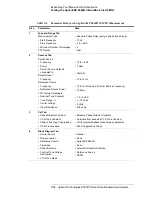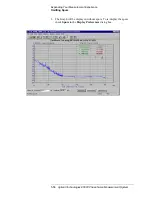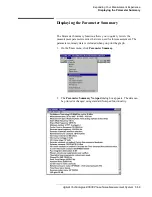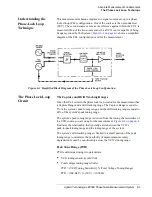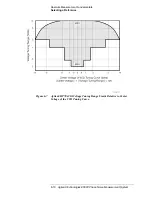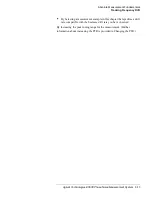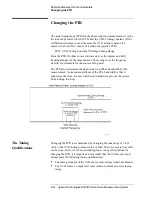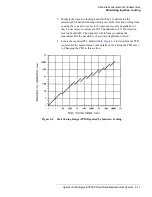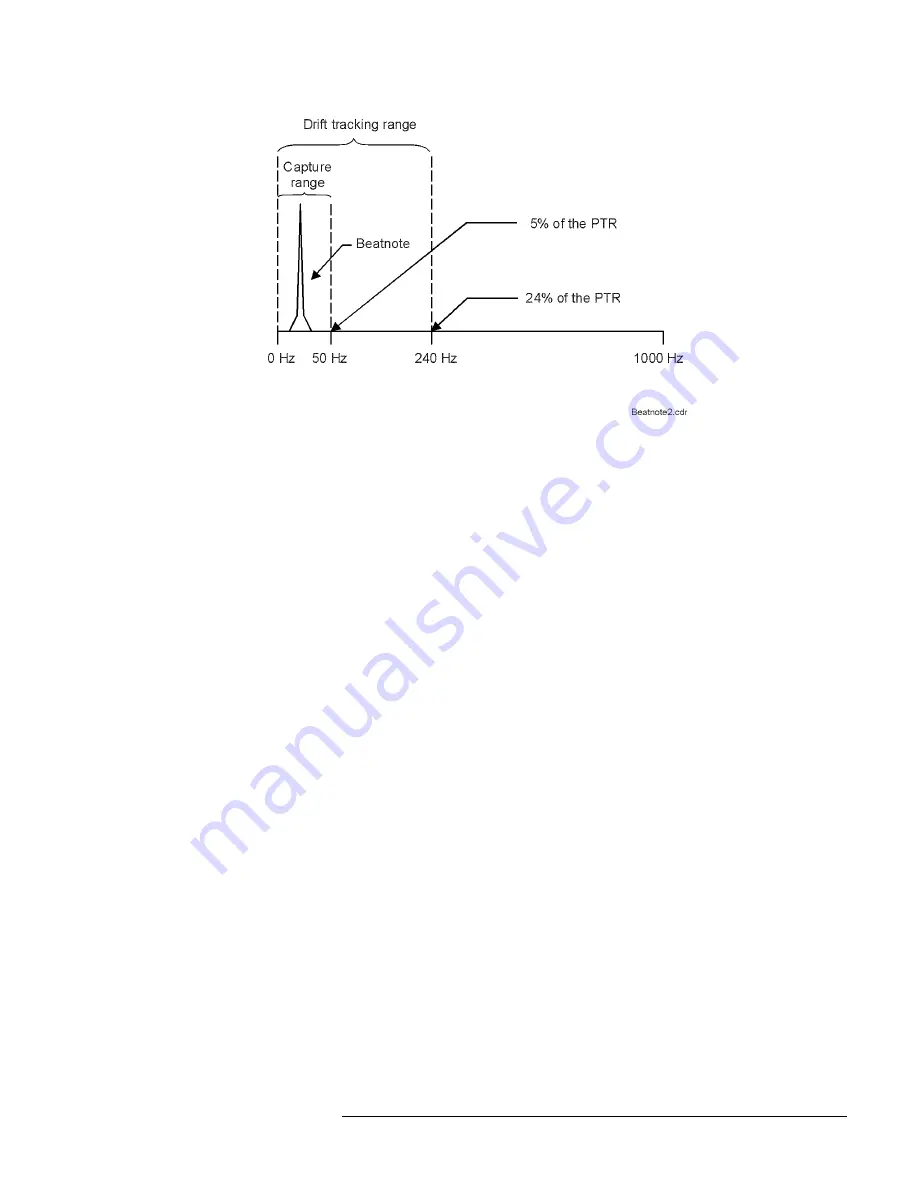
Agilent Technologies E5500 Phase Noise Measurement System
6-5
Absolute Measurement Fundamentals
The Phase Lock Loop Technique
Figure 6-3 Relationship of Capture and Drift Tracking Ranges to Beatnote Frequency
If the beatnote does not remain within the drift tracking range during the
measurement, the out of lock detector will be set and the System will stop
the measurement. If this happens, you will need to increase the system’s
drift tracking range by increasing the system’s peak tuning range (if
possible) or by selecting a VCO source with a greater tuning range.
Selecting the VCO Source
Although you must select a VCO source that will provide a sufficient tuning
range to permit the system to track the beatnote, keep in mind that a wide
tuning range typically means a higher noise level on the VCO source signal.
When the VCO source for your measurement is also the reference source,
this trade-off can make reference source selection the most critical aspect of
your measurement setup.
Specifying Your VCO Source
When you set up your PLL measurement, you will need to know four things
about the tuning characteristics of the VCO source you are using. The
System will determine the VCO source’s peak tuning range from these four
parameters.
•
Tuning Constant, estimated tuning sensitivity (Hz/V)
•
Center Voltage of Tuning Range, (V)
•
Tune Range of VCO, (±V)
•
Input Resistance of Tuning Port, (ohms) if the tuning constant is not
to be measured.
The measurement examples in the next chapter that recommend a specific
VCO source will provide you with the tuning parameters for the specified
source.

